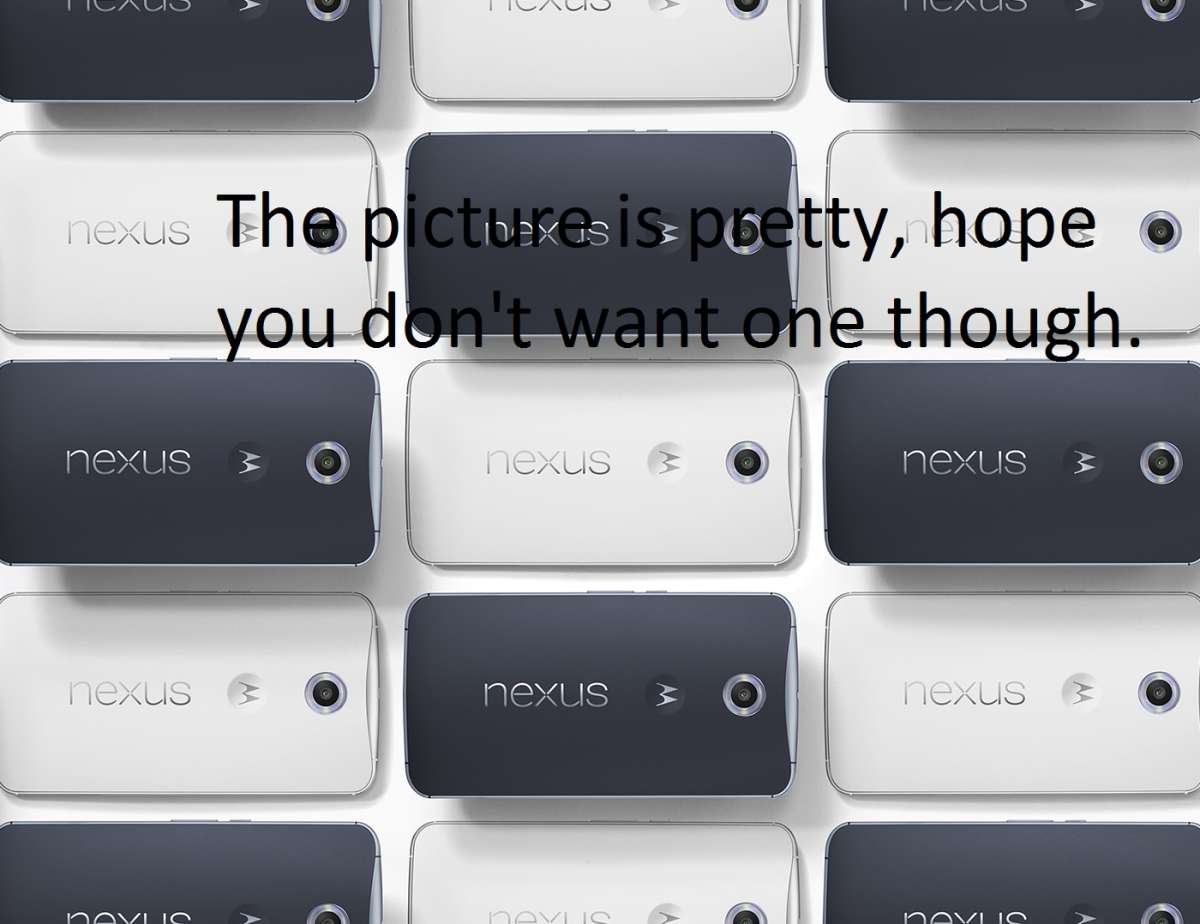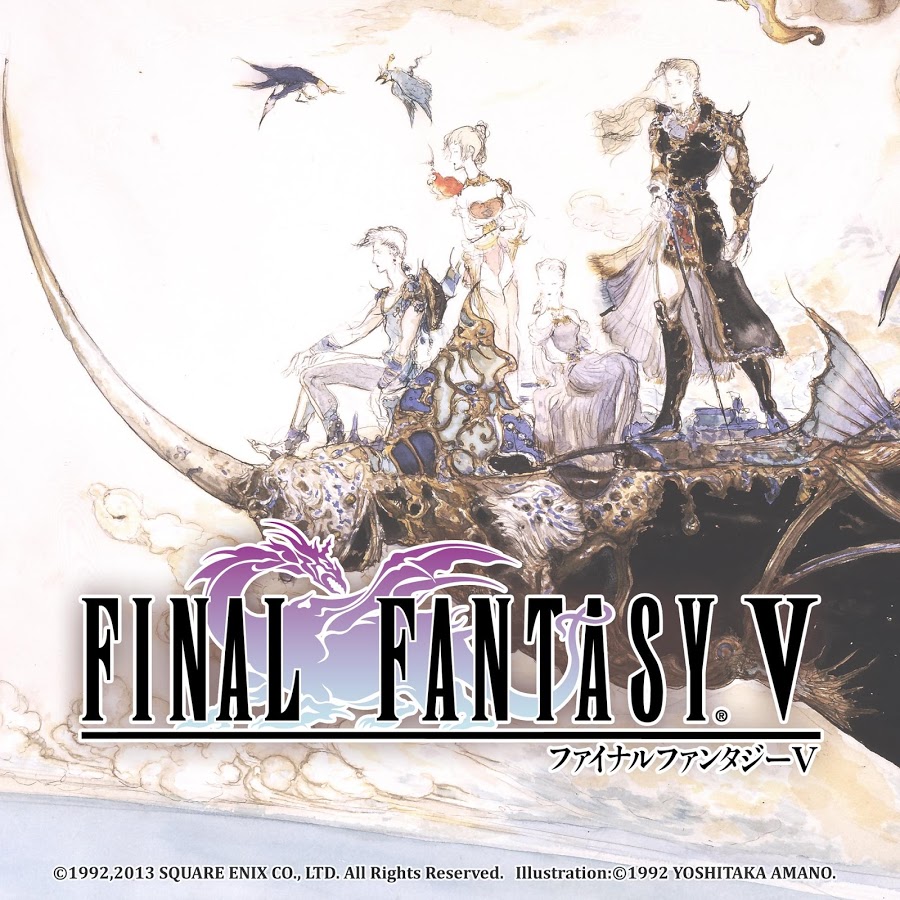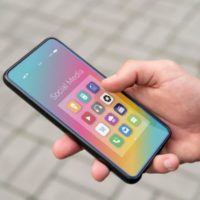I have been debating whether or not to pick up a Nexus 6 since it was first announced. Being a family man with 3 kids, the outright price tag from Google is a little out of reach – this is where a carrier purchase comes in handy. Being a T-Mobile customer, the price tag is further negated as every device purchase offers up a simple monthly payment option. The price difference between the 32Gb and 64Gb model is minuscule at best (just over $2 a month), however Motorola have put me in a peculiar position that I don’t particularly like being put in.
The Nexus 6 will be, arguably, the best phone on the market to get my hands on. We all know it will receive timely Android updates, even if the carrier has some say in the release date. The potential delay is negated with T-Mobile in my eyes as their variant is free from additional modifications and bloat. It carries some high-end hardware, which in my opinion, none of the previous Nexus devices fully represented except for the HTC Nexus One at launch. There is no question that each Nexus device launched has been fantastic and did exactly what they were designed to do – they just didn’t carry all the latest and greatest toys that the typical flagship devices had. But the Nexus 6 has somewhat bucked this trend, offering a true flagship experience with a great screen, best available processor, plenty of RAM and a solid camera.
The current state of the Nexus 6 hostage situation is creating a negative impact on my life. I am sure I am not the only one. In the case of T-Mobile, the 32GB model is back-ordered with a shipping date timeline of 10 to 14 days, where as the 64GB model is pushed out 6 to 8 weeks. You read that right, 6 to 8 weeks.
That means if I were to place an order for the 64GB model I probably won’t see it until late January or sometime in February. Obviously we know that Google is releasing a new set of stock every Wednesday to the Play Store, but Google has really pushed this device for all carriers. In the beginning I believed this to be a solid move to drive sales to the carriers and to expand the Nexus brand and line to consumers through contracts. Essentially making it something that would be easily obtainable for even the most average of consumer and put Android and Google in the limelight a bit more. It is what Apple and Samsung have been doing for years and one of the reason why their device sales have been so high – it would make sense for Google to adopt the same approach with their device, though conversely, you might also say that Google doesn’t have much of a benefit in this idea.
If 50 billion Nexus 6’s were sold, Google wouldn’t necessarily make much more money than if the same number of Galaxy Note 4’s were sold. Google isn’t a hardware manufacturer – their money lies with consumers clicking ads, using Google services and searching i.e. in marketing Google and its services as a whole. I recently read an article on TechnoBuffalo that brought this point to my attention and it does make sense. The author, Todd Heselton, pulls Apple into the argument as Apple has direct control over their supply line and that if Apple had a supply issue, the iOS community would be up in arms – however, Apple has to sell devices as it is a hardware company, unlike Google’s main source of revenue.
It still doesn’t lessen the blow that a device that I am lusting after will most likely end up never gracing my hands. It also brings into question for me Google’s desire to make the pure Android experience mainstream. That little inkling in the back of my mind is further fed from a comment made by Hiroshi Lockheimer, Android VP of Engineering during an interview with Business Insider. He said:
“We work with partners but we really treat these devices as our own during development. And then, yeah, we release it to the public who buys it. And of course we’re happy if a lot of people buy it, but it’s also good for us if they end up buying a Samsung or HTC device. That’s fine too. It’s a win win for us. We don’t really see it as we’re trying to take share away from someone else.”
That reiterates the fact that Google never really intended for the Nexus 6 to be the one that broke the mold and go more mainstream then previous models. The Nexus line was really designed for developers so they could use the latest Android OS version and make their apps and games compatible along with custom software work. While that is still very much so the premises of what the Nexus line is about, I still feel that Google has positioned the brand, especially the multi-carrier Nexus 6, as being more consumer orientated then ever before.
This leads to the marketing campaign Google recently started pushing out. The whole “Be together. Not the same.” campaign.
The issue is further complicated by the fact that the Nexus 6 is made by Motorola. Many still consider Motorola a Google company. Which is not true of course as Lenovo has recently closed the deal to acquire them. This leads to a large transition for Motorola Mobility and Lenovo. Which could also be leading to manufacturing issues, but I have yet to find a report that Motorola is struggling in this area. If someone has information pertaining to that fact I would appreciate a link in the comments. If it is a manufacturing issue where Motorola undershot the projection for release, then we have a whole new issue at hand. For starters, how the hell could they not think the device would be popular and widely successful when it was not only going to be in the Play Store, but on multiple carriers? Again, I have no numbers in front of me, but even with Motorola struggling in device sales, a widely available Nexus 6 push should have had them on point. Even if that meant some overstock a the end of the year. I am sure overstock at the end of the year is a business nightmare on a number of levels though.
That leads to thoughts that the demand was projected correctly but that they purposefully under cut production levels to keep demand high or to not take over the market in a single week. Again, Hiroshi’s statement comes to mind “We don’t really see it as we’re trying to take share away from someone else.” You can’t take share if you don’t have the product available for consumer to buy which in turn forces some to buy a from a different manufacturer.
Who loses in the lack of Nexus 6 stock?
So who is losing on the lack of Nexus 6 stock? Not Google, because weather or not I can cope with a broken off brand device for another two months or not, I will end up buying a device that sports Android. Again that brings it back to Be Together. Not the same. and what Hiroshi said about Android sales in general are a win win for them. Does it hurt Motorola? That depends on how well the actual sales are going in terms of numbers and shipments. If T-Mobile ordered say 1 million devices from Motorola then they have already been paid, they are happy campers. So is Lenovo because Motorola is making money. T-Mobile is only losing if people are jumping carriers to one that has the Nexus 6 in-stock at the time.
That leaves me to believe that the only loser in the Nexus 6 shortage situation is the consumer. Those that can’t get their hands on the device at all. However, are we really losing out? Depends on who you talk to and how you feel about the whole situation. Sure, I could order a 32GB model and would probably be pleased as pie with it. Even though I know my habits and lifestyle would most likely force me to regret the purchase due to the lack of SD card support. I know plenty will argue that point to the bitter end that “you don’t need an SD card slot, you are a moron.” To you I say this, you don’t need it, but if I have under 32GB of on device storage available then I simply don’t have enough accessible storage for my needs. Simple enough really. That leaves me being forced to make the decision on what other device is out. That decision could leave a bad taste in consumers mouths since nothing but the Nexus 6 offers Lollipop out of the box, in terms of store model devices, and we don’t have a set time frame for when others with get it. I am of course leaving rooting and custom ROM’s out of the whole equation on purpose.
Now what?
That is the ultimate question that I must dig down inside and answer. The Droid Turbo is the next likely candidate as there is also a 64GB variant, but of course I won’t be switching to Verizon for that one. Not to mention Verizon loaded it up with apps as expected and I am finding the camera speed to be rather slow on the review unit I have right now. There have been rumors of a variant coming to other carriers at some point, but nothing concrete that I have seen. Motorola does have the Moto Maxx for Brazil and Mexico, but again, import doesn’t make it affordable. That brings a person back to the Sony Xperia Z3, Note 4, Note 4 Edge and Galaxy S5. The Galaxy S5 didn’t get me excited in the slightest and is probably why the S5 sales have suffered across the boards. The Xperia Z3 is a nice device and I do have some experience with previous Xperia devices, namely the Xperia Z and Z1s. The screen size just isn’t really what I am looking for nor does it carry the coveted 2K resolution. It does make up for that with the SD card slot and long battery life, but loses out with the Qualcomm 801 processor vs the 805 in the Nexus 6. Sony has been putting a lot of statements out regarding Android updates and I am pretty confident that they will making Lollipop available for the Z3 in the states soon enough. The Note Edge is a little to edgy for my tastes, but it is cool device none the less and brings a lot of things to the table, if you can coupe with the extra Samsung software additions. The Note 4 brings the screen resolution and I have always been impressed with their camera quality, while the Xperia Z3’s camera is superior in my opinion.
For the first time in my Android life, I am at a cross roads. Do I hold off a few months for the device I actually want, do I bite the bullet and take a lower GB model knowing that it isn’t enough for my life style and needs or do I just say screw it and get something else entirely. Google doesn’t care so long as I go with Android and T-Mobile won’t care because I will stay with them. I actually visited my only local T-Mobile store today to get a little more up close and personal with a few devices. The poor sales rep pulled out both the Note 4 and the Xperia Z3 for me and they sat on the counter in -front of me. I kept walking back to the display models and bouncing back and forth between them. In the end, I came back home with out a new phone. The struggle continues.











